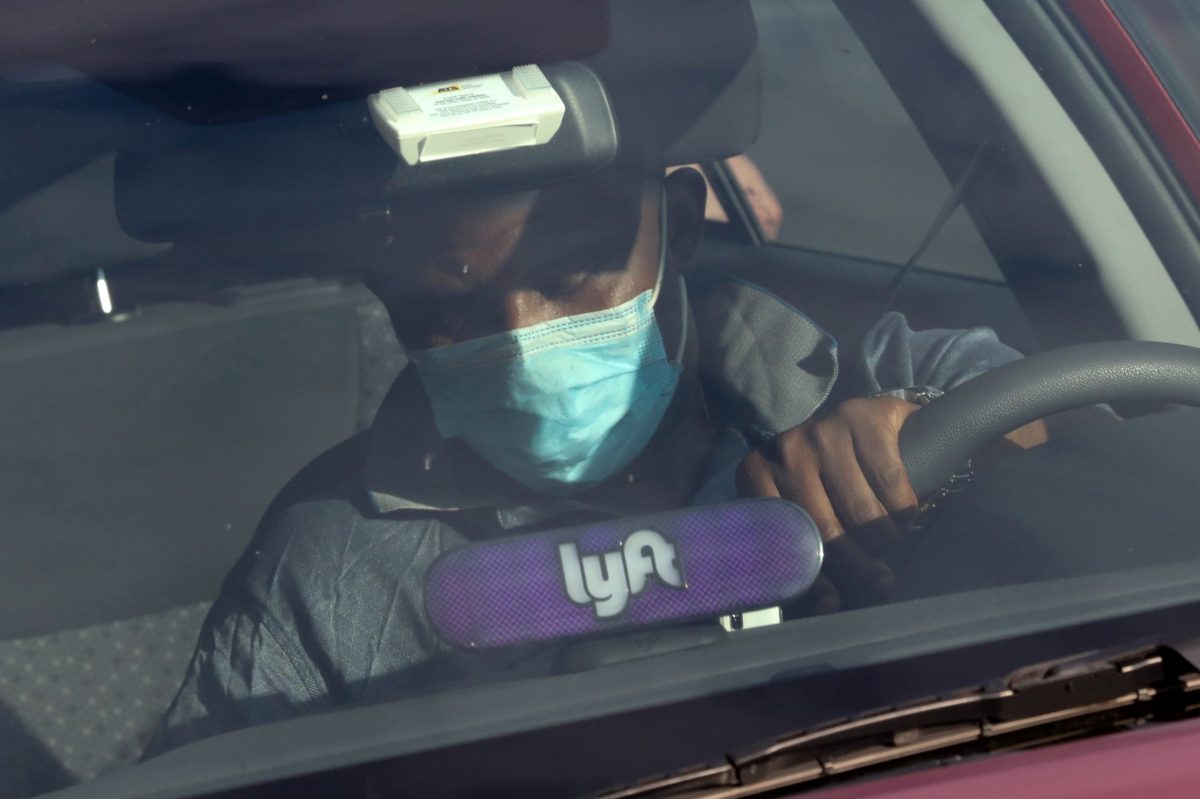By Akanksha Rana and Tina Bellon
Lyft Inc <LYFT.O> on Wednesday surprised investors with higher-than-expected revenue and the ride-hailing company vowed further cost cuts to become profitable as the U.S. coronavirus lockdown batters the economy.
Shares in Lyft rose over 18% in after-hours trading. Shares of larger rival Uber Technologies Inc <UBER.N> were up 9%.
The first-quarter results offer a first look at the impact of strict stay-at-home orders to combat the spread of the virus in many of the ride-hailing industry’s largest markets.
Lyft’s earnings also serve as an indicator for the performance of Uber, which will report results on Thursday.
The company did not say whether it stuck to its goal of being profitable on an adjusted basis by the end of 2021 but on Wednesday said cost cuts would help it on the “path to profitability.”
Lyft on Wednesday said first-quarter revenue rose by 23% to $955.7 million from the previous year, well ahead of a $884.7 million estimate by Refinitiv.
Loss-making Lyft had originally forecasted revenue of roughly $1 billion for the first three months of 2020.
The company’s active ridership base increased by 3% to 21,200, while revenue per active rider increased by 19%.
For April, rides were down 75% year over year but Chief Executive Logan Green said Lyft saw moderate week-on-week growth in ride requests starting in mid-April.
“We expect that rider demand on our platform will be down for the foreseeable future,” he said, adding that Lyft would be able to reduce costly driver incentives as many unemployed Americans looked for income opportunities. About two-thirds of all costs are variable, he said, allowing the company to reduce losses as ridership drops.
Unlike Uber, Lyft only operates in the United States and parts of Canada, where many states imposed lockdown restrictions towards the end of March.
But while Lyft has been strictly focused on moving people, Uber might be able to recuperate some lost ride-hailing revenue through its food delivery business.
Customers in the United States provide the bulk of revenue to both companies and the most damaging fallout for the ride-hailing industry is expected in the second quarter of this year. Lyft on Wednesday did not provide a forecast for the second quarter.
Green in a statement said the company was prepared to weather the crisis.
“We are responding to the pandemic with an aggressive cost reduction plan that will give us an even leaner expense structure and allow us to emerge stronger,” Green said.
The company said it had $2.7 billion of unrestricted cash and said it would remove some $300 million in expenses by the end of the year.
While total costs and expenses fell about 29% to $1.37 billion year-over-year, cost of revenue in the first quarter increased by roughly 17%.
Lyft last week withdrew its full-year guidance and announced a 17% staff cut and implemented pay cuts in response to the crisis.



































